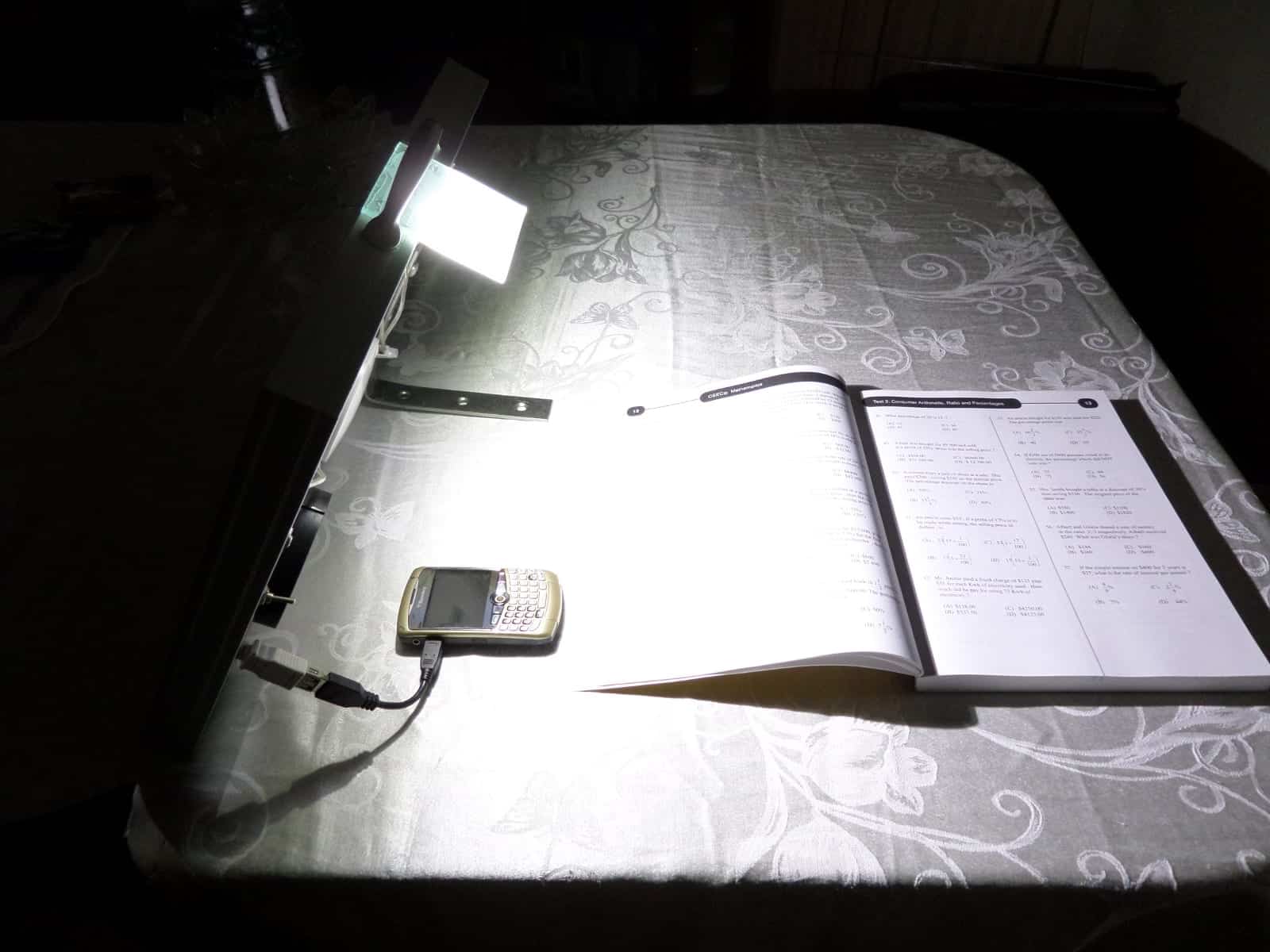One day, while I was trying to find something to watch on YouTube, I came across a touching video of Zayn Malik’s trip to a region in Africa which was referred to as a ‘slum’, as poverty is a widespread issue there. This was done for Red Nose Day as part of a Comic Relief project.
There, Zayn visited a boy named Christopher that had to sift through rubbish to get what he could to survive. Christopher showed him his home, which you can see in the video below. This is the video that motivated me to design a robust solar lamp, and the fact that it requires no refuelling or other recurrent expenses (such as electricity, lubrication, coolant, etc) due to the fact that it is solar-powered.
In this case, the environmentally friendly option is the most financially sustainable, as the importation of oil is costly in multiple ways.
The reasoning behind this device is that people in Christopher’s situation have to go out and search for supplies, doctors in poverty-stricken regions need a bright light that will work every day, so they need adequately bright and reliable lighting to do this.
They also need to study at home and do homework, this is where the desk lamp orientation comes in. It is titled at an angle so that it is not only slanted appropriately for charging, but the tilt causes the LED to shine down and concentrate its bright light on reading material to ensure clarity.
The light diffusing attachment prevents unpleasant glare from the LED, and helps to spread the light throughout the room, making it useful as a lantern as well.
Finally, the built-in USB battery would enable people to charge their cellphones, MP3 players, and any other small USB devices, if any. This combination device has everything integrated into the solar panel, and it has a handle, so it is only a little over an inch thick.

Safety
This lamp has a very wide 120° beam with long range, enabling users to see criminals and dangerous animals lurking in the dark.
Reliability
This solar light recharges fully within a day, even during cloudy weather. It’s built-in lithium-ion battery pack stores enough energy to keep it running for 13.7 hours per charge at full brightness, so it can provide light for two nights (6.8 hours per night), and the unit lasts several nights at a usable (but reduced) brightness on one charge.
Every solar light I’ve used wasn’t bright enough for reading, and couldn’t recharge adequately during cloudy weather. That is where my design comes in, it solves all of those problems.
The current test unit does not contain the 55 Wh battery, it contains a 43 Wh battery (just for the moment) , but this design is supposed to contain a 55 Wh battery.
There are drawbacks…
It Is Expensive
This device is expensive, partly due to the fact that it is a 4-in-1 device, and it has a large enough solar panel that generates enough to power all its components, even during cloudy weather. The cost of separate standalone devices may also add up to more (roughly $18,000 if all the parts were equivalent to mine), I did not receive quantity discounts on any of the parts.
The cost of the parts are as follows (including tax, and note that I didn’t buy all the parts):
Calculations were made using a USD exchange rate of $102.93 JMD. I did not buy all the parts, as I already had some of them. However, I included what they would normally cost anyway.
- 10 Watt solar panel: $4,300.
- 450 lumen LED: $500 (most lanterns are under 200 lumens, so this solar light is far brighter than average).
- 55 Wh lithium-ion rechargeable battery: $5,500 (most lanterns use primary/non-rechargeable batteries).
- Cooling fan: $500.
- Junction box: $440.
- Light diffusing attachment: $60.
- USB charger/USB battery electronics: $100.
- Switches: $407.
- Bar connector: $60.
- Leg (stand): $314.
- Handle: $250.
- Thermal grease, screws and wires: $200.
Total: $12,631 ($122 USD).
Did It Have To Be This Expensive?
Not at all. 450 lumens is more than necessary, and it only requires 1 night of battery capacity. Therefore, a solar panel half the capacity of this one could have been used instead, the LED could have been half the brightness, reducing its cost to $200, and a battery which is half the capacity of this one could have been used, reducing the battery cost to the $3,000 range.
Update (September 26, 2016): I upgraded it to 736 lumens. I replaced the 450 lumen Bridgelux LED with two Cree 386 lumen warm white models, which are slightly more efficient. I moved the Bridgelux over to another project which required that colour temperature.




